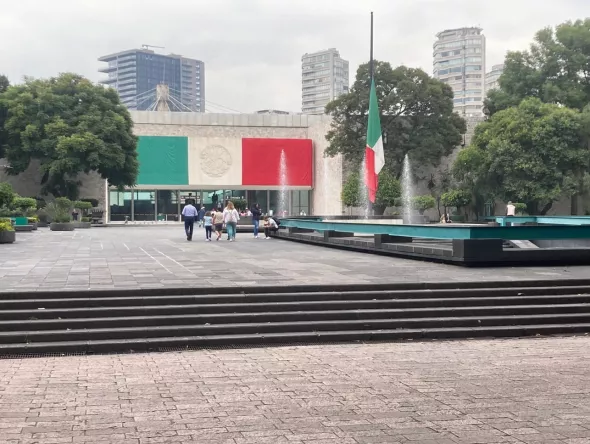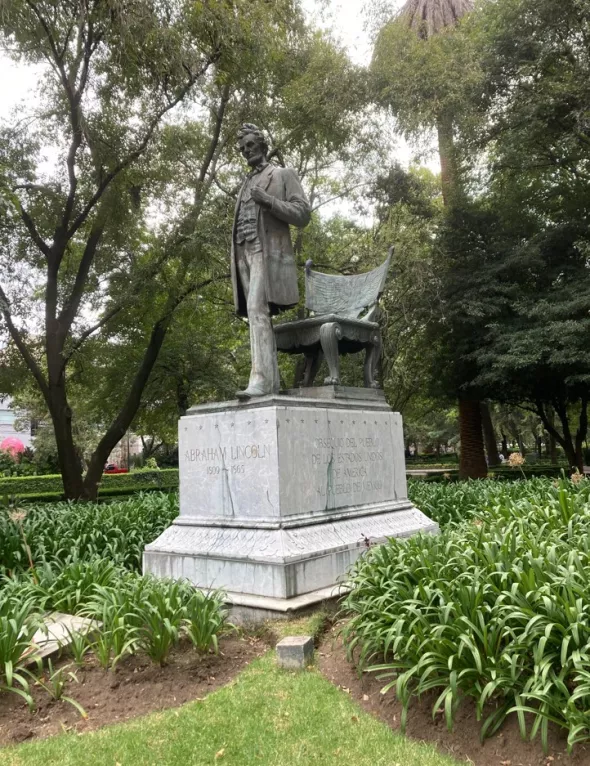Viva México! Phius Board Retreat Goes South of the Border
Phius Director of Communications reports back after the 2022 Phius Board retreat in Mexico City.
Phius Director of Communications reports back after the 2022 Phius Board retreat in Mexico City.

It’s been a week since I left Mexico City, but my feet still hurt. My phone tells me that on Monday, Sept. 12, I took more than 25,000 steps, covering 10+ miles. Every bit of it was worth it.
The Phius Board of Directors meets regularly to do things that boards do. But to shake things loose — to do some blue-sky thinking — the board held a retreat. The agenda was all about everything that isn’t business-as-usual – more of a “what if?” exercise.

This year, there was more, ahem, energy around the retreat. If you’re here, I don’t need to explain why there was both a keen sense of urgency and opportunity regarding our energy future and how Phius can play a role moving forward.
We held the retreat in Mexico City largely because one of our esteemed board members, Lourdes Melgar, lives there and served as a sort of unofficial host. It was an inspired choice of locations, because being in a grand, richly historic setting that was unfamiliar to most of us seemed to energize and set free our discussions.
About Lourdes — she’s got some energy chops. From her bio:
Lourdes Melgar, Ph.D., is a nonresident fellow at the Baker Institute Center for Energy. She is also a research affiliate at the Center for Collective Intelligence at the Massachusetts Institute of Technology, where she was the 2016-17 Robert E. Wilhelm Fellow.
From February 2014 to July 2016, Melgar served as Mexico’s deputy secretary of energy for hydrocarbons and was a member of Pemex’s board of directors. She was Mexico’s under-secretary for electricity from December 2012 to February 2014, during which she also served on the board of the Federal Electricity Commission.
For that matter, one thing I was reminded of was this: Our board is a remarkable, diverse collection of good people who are doing good. It’s an honor to be included in these proceedings.
The dust is still settling from the retreat, and besides, I can’t really reveal any trade secrets. But one thing really struck me:
Part of the reason we convened in Mexico City was to explore how we might advance the Phius mission in Mexico and Latin America. Phius has partners in Japan and working relationships with organizations in other countries. One of our key staff members works from Colombia and there is great interest in his homeland.
After meeting with local leaders, it became clear: We are not ready. We can’t go in with a solution in search of a problem. We need to learn a great deal more.
For me, who’s been around Phius for a long while, something rang familiar. Back in the day, we toiled to implement metrics that were simply not suited to North America’s diverse and comparatively harsher climate zones. We were trying to pound a square peg into a round hole. Until we bit the bullet and realized that while the principles behind passive are universal, the target metrics cannot be. We didn’t have THE answer, we had an approach that worked if adjusted.
Can we apply Phius standards to Mexico and Latin American environments? Likely, yes. But we have a lot of learning to do first.

Now, a few touristy highlights: